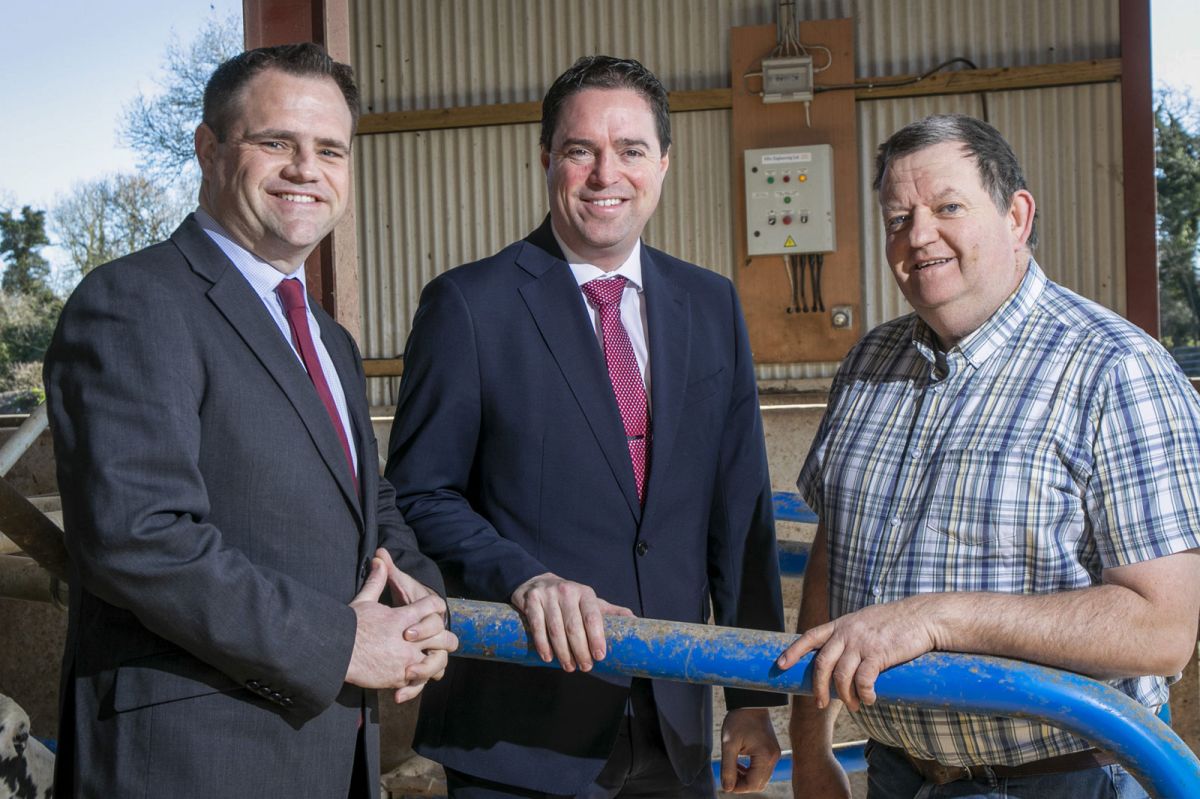Electrical safety video launched for farmers

The video, produced by the Farm Safety Partnership Advisory Committee (FSPAC) features John Stone, a dairy farmer from Co. Meath, demonstrating the changes he has made, and the checks he carries out around electricity to make his farm safer. The FSPAC is an advisory committee to the board of the Health and Safety Authority (HSA). This video was developed by members of FSPAC’s Buildings, Working at Height Working Group that includes representation from ESB Networks, the HSA, Teagasc, FBD Insurance, the Department of Agriculture, Food and the Marine (DAFM) and the construction industry.
According to ESB Networks, the top-seven electrical hazards on farms are: fallen electricity wires; wiring installation; portable tools; bonding and stray voltage; electric fences; stand-by generators; machinery; and high loads. The key learning points of the video are:
- All electrical work must be carried out by a registered electrical contractor in accordance with ETCI rules;
- A well-maintained electrical installation on a farm will minimise the risk of an electrical-safety incident and avoid breakdowns;
- To prevent electric shock from portable equipment, fit residual current devices (RCDs) on all socket circuits;
- To ensure RCDs work properly, they must be tested at least every six months by pressing the test-trip button;
- Faulty electrical installations can result in farm fires; and
- ‘Stray’ electricity can increase mastitis problems on dairy farms.
Commenting, public safety manager at ESB Networks and member of the Farm Safety Partnership Advisory Committee, Michael Murray, said: “It is so much a part of modern living that we often take it for granted but complacency around electrical installations on the farm can lead to injury or more serious negative outcomes. This farm-safety video outlines potential electrical hazards to be aware of around the farm and the key safety checks and tips that will help you to plan ahead and keep you, your family and your livestock safe.”
Progress
Although the HSA has seen considerable progress made in upgrading electrical installations on farms over the last decade, sub-standard electrical installations and equipment are still found on Irish farms. Poorly maintained installations, particularly those outdoors and in wet conditions, present a significant risk of electrocution. The HSA have reported three fatalities in the period 2013-2022, where the fatality or injury was triggered by an electrical problem in an agricultural setting.
Ministers of State, Martin Heydon and Neale Richmond were on hand to officially launch the video on the Co. Kildare farm of John Coakley.
Minister Heydon, who has special responsibility for farm safety, said that the video demonstrates the need for all farmers to check the electrical supply and outputs in their yards and buildings. “Doing so makes the farm safe, not only for them, but all visitors and workers on the farm. I’d urge all farmers to set aside time to check their electrical supplies, look at what improvements may be needed, and use a registered contractor to complete the required updates,” he said.
Interim CEO, HSA, Mark Cullen, said: “Important work is being carried out by the FSPAC, and having guidance and videos showcasing the need to carry out safety updates on your farms electrical supplies is crucial. In the 10-year period 2013-2022, three farm fatalities involved electricity. These were preventable workplace fatalities. Where electrical equipment is not to the correct standard or is not well maintained there is a risk of electrocution. Those at risk include the farmer and anyone entering the farm that may come in contact with faulty electrical equipment or overhead cables. We ask all farmers to remain diligent and carry out risk assessments on electrical supplies on their farms.”





